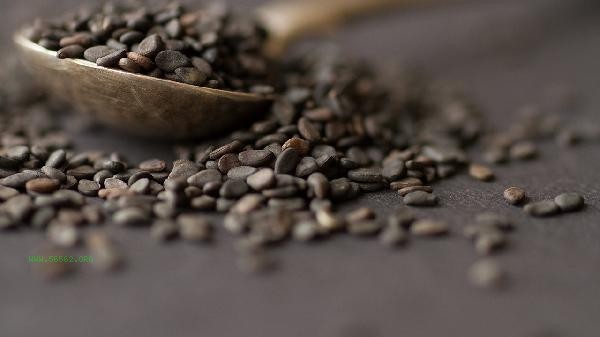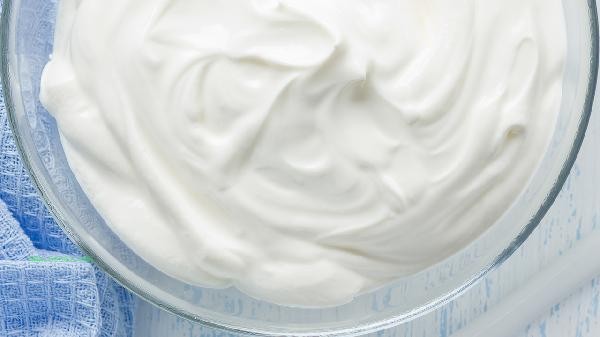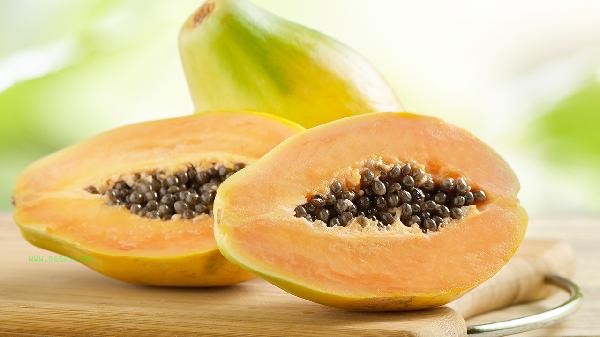Microwave heating generally does not significantly damage the nutrition of food, and its degree of nutrient loss is similar to traditional heating methods. Microwave heating mainly generates heat through the high-speed vibration of water molecules, and has the characteristics of short heating time and controllable temperature, which can reduce the loss of water-soluble vitamins. The effects of microwave heating on different nutrients in food vary. Water soluble vitamins such as vitamin C and B vitamins are prone to loss under prolonged high temperatures, but microwave heating, due to its shorter time consumption, retains more of these nutrients than methods such as boiling water. Fat soluble vitamins such as vitamins A, D, E, and K are relatively stable to heat, and microwave heating has little effect on them. Minerals and dietary fiber are largely unaffected by heating methods. Proteins may denature when overheated, but the uniform heating characteristics of microwaves can reduce the risk of local overheating. Some antioxidant substances such as polyphenols may be partially degraded due to high temperatures, but rapid heating can reduce oxidative losses.

In special circumstances, attention should be paid to the issue of nutrient loss. High power and prolonged heating may cause local overheating and damage sensitive nutrients. Foods with low moisture content, such as nuts and dried foods, are more prone to nutrient loss due to high temperatures. Repeated heating will intensify the oxidation and decomposition of vitamins. Excessive addition of water may lead to the dissolution of water-soluble nutrients. When heating a closed container, steam cannot escape, which may accelerate the decomposition of certain vitamins. To maximize nutrient retention, it is recommended to use low to medium power during microwave heating, control the heating time within the necessary range, and avoid repeated heating. High moisture foods can be covered to retain steam, while low moisture foods can be sprayed with a small amount of water to prevent overheating. Diversified cooking methods are more conducive to balanced nutrient intake, and fresh ingredients should be steamed or eaten raw for a short period of time as much as possible. People with special nutritional needs can consult nutritionists to develop personalized dietary plans.










Comments (0)
Leave a Comment
No comments yet
Be the first to share your thoughts!